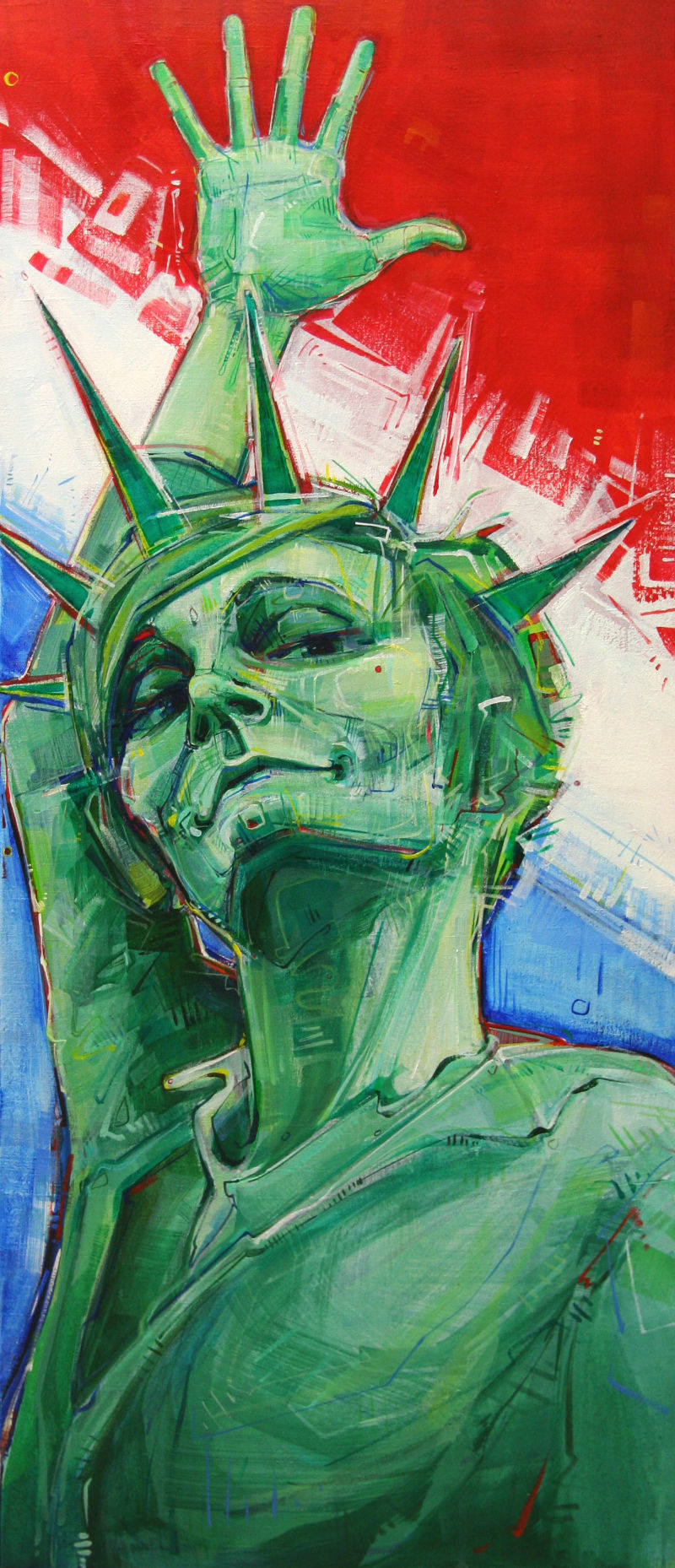Blog / 2015 / How to Get an Honest Critique of Your Art
June 24, 2015
Getting useful feedback about your work is not as easy as simply asking for it. Most people want to be nice to others—whether they’re your friends or not—and navigating successfully between honesty and sensitivity is time-consuming and complex, so many will simply avoid a critiquing situation. That said, if you’re craving someone’s opinion, these seven steps can help you find out what people really think about your art:
- Get the feedback in person.
- Ask people if they have any questions about your work.
- Ask them to choose favorite works and then to talk about why they like these particular pieces.
- Ask them to choose their least favorite pieces and get them comparing artworks.
- Try doing all this not just with an individual, but with a small group as well.
- Remember that feedback says as much about the person giving it as it does about the art.
- Keep asking people.
Though people are even less likely to say things that could potentially hurt someone’s feelings when they’re standing right in front of them, it’s still a good idea to have these conversations face to face. This way the response will ultimately be more natural—both theirs to your work and yours to their critique. In writing, people tend to edit away the juicy stuff and that includes the body language you don’’ get to see when a computer delivers the message.
You can choose to answer these questions or not, depending on your particular chemistry with this person or if you think it would put them at ease to have you do some talking. The point isn’t the questions so much as it is getting someone thinking and talking about your art in a less confrontational way, because, while it’s true that questions can be pointed, for the most part they’re a softer form of expression than statements.
If you have to, lead your critic into comparing works to each other. You want them to be saying things like “I prefer this piece to that one” because then you get to ask them “why?” And since they’re comparing specific works, it’s easier for them to be specific in their answer.
Skip this step if you’re feeling at all delicate. I use it only when I’m talking with a client before I dive into commission work. In that situation, it’s vital that I understand a person’s taste as much as possible. Otherwise, I’m not certain I need to know what works a person likes least.
One person’s comment can spark things for other people. It creates a freer kind of conversation when the critics outnumber the artist.
This isn’t to say that all critiques are essentially useless and simply a reflection of the critic. Rather, it’s a way to not take feedback too personally.
Don’t stop at one person’s opinion. Often the most interesting feedback you’ll get is in the space between comments that are made by various unrelated people.
None of this is easy, but the hardest part of all isn’t even going to be managing your own emotions around all this input—though that’s definitely a challenge for me! The most difficult part of asking for feedback actually has to do with the critic’s emotional state. After all, when you make a request for this kind of help, you are asking a person to be very vulnerable with you. And that means it’s the artist’s job to make the critic feel at ease.

Liberty (French-American, Self-portrait)
2007
acrylic on linen
42 x 19 inches
As an example of feedback’s tendency to reveal less about the art itself than it does about other things, here’s a little story involving the self-portrait from Apple Pie shown above. Soon after I finished it, a longtime client visited the studio. I’d recently done their portrait and we were meeting to discuss the potential of me doing portraits of other family members.
Our interaction was mostly pleasant, but I noticed a slight undercurrent of tension and quickly realized what had happened. Though the client said nothing directly negative about their portrait, I sensed that they were having some trouble seeing themselves as someone else sees them. This feeling was all but confirmed when, on their way out, they noticed Liberty and remarked about how I obviously saw myself as above others, looking down my nose. Needless to say, it was not particularly interesting feedback where my art was concerned, but it did get me thinking hard about other things!
Maybe this post made you think of something you want to share with me? Or perhaps you have a question about my art? I’d love to hear from you!
To receive an email every time I publish a new article or video, sign up for my special mailing list.
If you enjoyed this post, Ko-fi allows you to donate. Every dollar you give is worth a bajillion to me!



